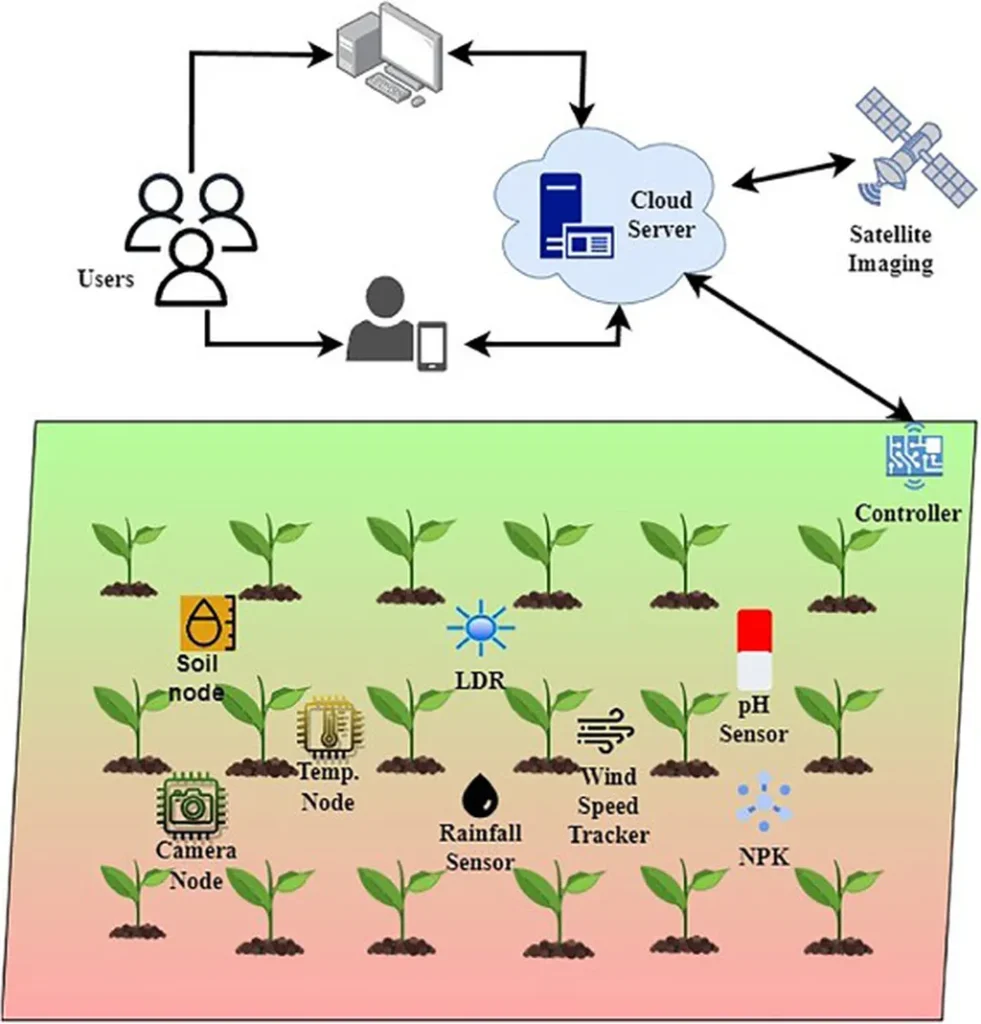In the heart of Jiangsu University, Yifeng Zhao and his team are pioneering a revolution in agricultural technology that could reshape how we ensure food safety and quality. Their recent review, published in the journal *Computers* (translated from Chinese), delves into the transformative potential of deep learning (DL) for detecting special components in agricultural products. This isn’t just about crunching numbers; it’s about solving real-world problems that affect everything from farm to fork.
Zhao’s research systematically evaluates cutting-edge DL applications across three critical domains: contaminant surveillance, nutritional component quantification, and structural/biomarker assessment. Imagine being able to detect heavy metals, pesticides, and mycotoxins with unprecedented accuracy. Or quantifying nutritional components like soluble solids, polyphenols, and pigments with a level of precision that was previously unimaginable. This is the promise of DL, and it’s not just a pipe dream.
“Emerging hybrid architectures—including attention-enhanced convolutional neural networks (CNNs) for lesion localization, wavelet-coupled autoencoders for spectral denoising, and multi-task learning frameworks for joint parameter prediction—demonstrate unprecedented accuracy in decoding complex agricultural matrices,” Zhao explains. These advancements are not just academic exercises; they have real-world applications that could significantly impact the agricultural and energy sectors.
One of the most compelling aspects of this research is the integration of sensor fusion strategies. By combining hyperspectral imaging (HSI), Raman spectroscopy, and microwave detection with deep feature extraction, Zhao’s team has achieved industrial-grade performance, reducing detection time by 30–100 times compared to conventional methods. This efficiency could translate into substantial cost savings and improved safety protocols for agricultural products.
However, the journey is not without its challenges. Zhao acknowledges persistent barriers such as the “black-box” nature of complex models, the lack of standardized data and protocols, computational inefficiency, and poor field robustness. These hurdles highlight the need for continued research and development to bridge the gap between laboratory DL models and their effective, trusted application in real-world agricultural settings.
The implications of this research extend beyond the agricultural sector. In the energy sector, for instance, the ability to detect and quantify special components with such precision could lead to advancements in biofuel production, ensuring higher quality and more efficient energy sources. This interdisciplinary approach could pave the way for innovative solutions that benefit multiple industries.
Zhao’s review provides an essential foundation and roadmap for future research. It’s a call to action for scientists, engineers, and policymakers to collaborate and overcome the existing barriers. The potential is immense, and the stakes are high. As we stand on the brink of a new era in agricultural technology, the work of Yifeng Zhao and his team serves as a beacon, guiding us toward a future where food safety and quality are no longer a matter of chance but a guarantee.
In the words of Zhao, “This review provides an essential foundation and roadmap for future research to bridge the gap between laboratory DL models and their effective, trusted application in real-world agricultural settings.” It’s a vision worth pursuing, and one that could redefine the very fabric of our agricultural and energy landscapes.

